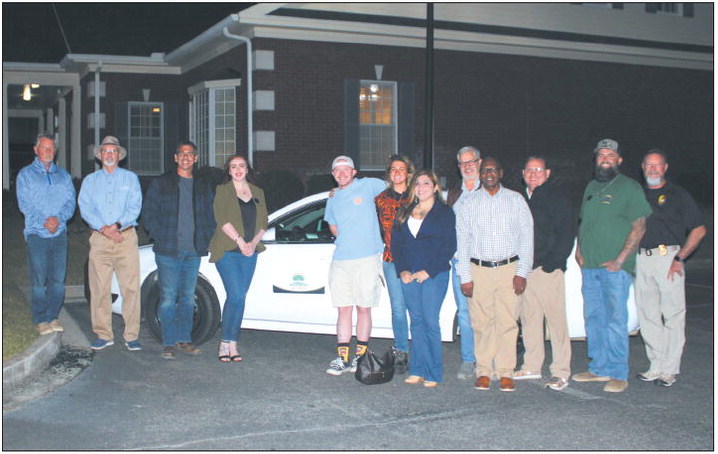Teachable Moment Who invented synthetic plastic?
the Teachable Moment
Natural chemical compounds known as polymers have been known about and used for millennia, such as the polymers from wood used to make paper. However, synthetic polymers are derived from petroleum oil, are made by scientists and engineers, and are used in almost every industry today – packaging, construction, c a r building, or wind turbines.
In 1862, British inventor Alexander Parkes made Parkesine, a cellulose-based plastic, and in 1868, the American Hyatt brothers modified Parkesine to make celluloid, all actually formed from naturally-occurring polymers. But the first totally synthetic plastic was made in 1907, when Leo Baekeland, a Belgian-American chemist, invented bakelite, an inexpensive, nonflammable, versatile plastic, which marked the beginning of the modern plastics industry. He has been called “the Father of the Plastics Industry.”
Synthetic plastics became popular very quickly, and many new kinds were developed. In 1929 polystyrene (protective packaging) was first made, followed by polyester (clothing). In 1933, polyvinylchloride (PVC) and polythene (plastic bottles, plumbing pipes, inflatable products) were invented, and then nylon (women’s stockings, parachutes) in 1935. During World War Two (1940s), they were used to make everything from ropes to radar insulation, and petrochemicals companies built huge manufacturing plants. In 1965 the Swedish company Celloplast invented the humble plastic bag. Plastic grocery bags were introduced in 1979, and by 1985, 75 per cent of supermarkets were offering plastic grocery bags to their customers.
Synthetic plastics are cheap, disposable, excessively long lasting, and have become a major trash hazard around the world. Modern plastics are being made again from natural polymers (materials that widely occur in nature or are extracted from plants) because they are biodegradable and not such a trash hazard.










